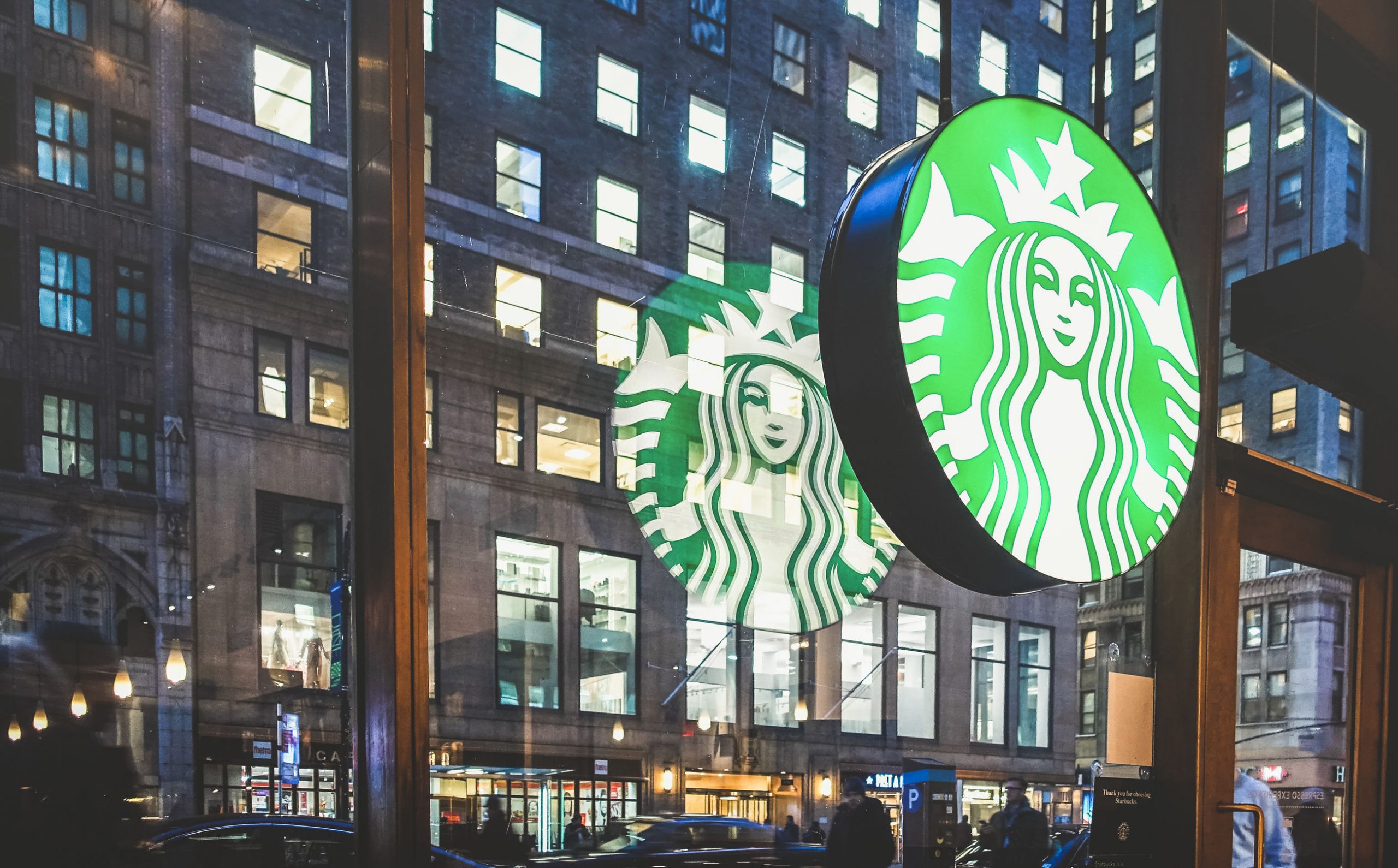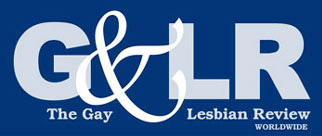PR takeaways from Starbucks, Chipotle leadership changes
Transparency and answering the ‘why’ are key.

Starbucks’ decision to replace CEO Laxman Narasimhan on Aug. 13 was as much a PR statement as it was a business decision. The action aimed to signal to Wall Street, stakeholders and employees that it’s committed to making major improvements.
The coffee chain has struggled since Narasimhan took over in March 2023. Since then, Starbucks has faced concerns about rising prices, decreased customer service and questions about quality. Sales are down 3% this year. The company’s stock price was down about 24% under Narasimhan’s reign.
Those issues agitated activist investors, Elliott Investment Management and Starboard. Elliott said it didn’t ask the Starbucks board to replace Narasimhan, but it did want to see major changes.
“I would say the bulk of this announcement was targeted at investors,” said Anne Marie Squeo, founder and CEO of Proof Point Communications.
Starbucks chose Brian Niccol, CEO of Chipotle Mexican Grill, to replace Narasimhan. Analysts credit Niccol with turning around the fast-casual restaurant. News of the leadership change caused Starbucks’ stock to shoot up 24.5%.
“So much of your communication strategy is dependent on what’s happening (with your company),” Squeo said, adding that the move sends a clear message in “words and actions” that those concerns were heard.
Be open about the change
Squeo is no stranger to the CEO transition news cycle. She was a business reporter for Bloomberg News and the Wall Street Journal, and later held senior communications roles at Lockheed Martin, Netflix, IBM and Xerox.
In her experience, the communication strategy for a leadership change depends on the reason it’s happening – a retirement, a person moving onto a new job or in Starbucks’ case, a firing.
Squeo emphasized the importance of being open and transparent about why the move took place. Adding the “why” is going to prevent “conspiracy theories and second-guessing” from sneaking into the conversation, she said.
Starbucks’ hiring announcement didn’t say much about Narasimhan other than thanking him for his service. However, it did highlight Niccol’s record of driving growth and innovation. The release also noted his belief in a “remarkable customer experience” rooted in an “exceptional partner experience.”
Chipotle’s stock price increased nearly 800% during Niccol’s six-year tenure.
Howard Schultz, Starbucks founder and chairperson emeritus, described Niccol as “the leader Starbucks needs at a pivotal moment in its history.”
Squeo applauded Starbucks’ transparency in addressing the reasons behind the leadership change.
“If you’re the board and the CEO, frankly, of any company that has two activists in your stock, you need to look long and hard about whether you really believe that the person at the helm is going to get you to the other side of this battle,” Squeo said. “And it is a battle.”
No one-size-fits-all approach
Squeo said she doesn’t use a “crisis playbook” because no two situations are the same. Instead, she prefers to assemble a team of the “right people with the right capabilities” who can create a comprehensive internal-external plan for issues as they arise.
Timing of the media statement and staff message are key, Squeo said. Employees and leaders shouldn’t have to learn they have a new boss from a press release or news alert.
While Squeo was leading internal communications at Lockheed Martin, the company’s incoming CEO was ousted for an inappropriate relationship with a subordinate. He was president at the time. The company’s communications team took three days to develop the announcement strategy.
First, the communications team worked with the CEO to brief the company’s top leaders. Next, it informed a few hundred next-tier leaders. Then, Lockheed Martin issued an employee communication not long before sending a press release.
With publicly traded companies, it’s also vital to engage with investors and Wall Street analysts, Squeo said. This will let them ask questions and hear from those involved.
Handling the media is a little different.
“I wouldn’t recommend rolling out a new CEO much beyond a short introductory phone call,” Squeo said. “There’s plenty of time for that down the road once the person has been in the role for a while.”
That’s due in part to the fact customers don’t really care who’s running a company as long as the products and services remain consistent, Squeo said. She expects that will be the case for Starbucks as well.
“People are busy,” Squeo said. “They only care about the things that they have to care about.”
Emphasizing more of the same at Chipotle
News of Niccol’s departure stunned Chipotle’s investors. The company’s shares dropped 7% that day, per Yahoo Finance.
“If you’re the company that isn’t expecting to lose your CEO, then you’ve got to move pretty quickly,” Squeo said.
Chipotle didn’t have the luxury of doing a major rollout of a new superstar CEO. Instead, the company took a more measured immediate approach, focusing on continuity of leadership and operations. It’s messaging said as much as well.
Scott Boatwright, Chipotle’ chief operating officer since 2017, is taking over as interim CEO. In a press release, Chipotle emphasized Boatwright’s “critical role” in creating and executing a turnaround strategy that “delivered incredible results.” It also stressed that it would “continue to execute the company’s strategic plan without interruption.”
Further leaning into that continuity, Jack Hartung, Chipotle’s president for strategy, finance and supply chain, announced plans to stay indefinitely to assist Boatwright’s CEO transition instead of retiring next year.
“It seems like they had an experienced-enough bench that they were able to quickly maneuver a few people into key roles to sustain what (Niccol) had already started,” she said.
Measure the win by what doesn’t happen
Another factor in your communications approach is the status of the replacement. If the person is a true interim, the messaging should help people see them as “a steady hand at the wheel,” Squeo said. That’s what Chipotle did. In this type of situation, the comms teams should give them the support to convey that point, but they should avoid going overboard.
“You’re not going to be doing a roadshow introducing them, because they are keeping the wheel straight for however long it takes to bring in the next CEO,” she said.
It’s different if the person is on the short list for the permanent gig. Then, they’ll want and need media opportunities to convey who they are, what they believe in, and how they plan to advance the company.
“You don’t want them to look like they’re just keeping a steady hand,” Squeo said. “You want them to look like they’re the future hand.”
Ultimately, Squeo believes both companies did they best they could while facing difficult situations. They did what they could to address investors’ concerns while keeping their employees and operations stable.
“Often the way you know you’ve been successful in this kind of a leadership announcement is by the things that don’t happen,” she said. “People aren’t complaining, people aren’t dumping your stock. People aren’t questioning your decision and your choices. That’s kind of the win.”
Casey Weldon is a reporter for PR Daily. Follow him on LinkedIn.









I love how Squeo explained that there was no “crisis playbook” for when situations like this occur. Having a crisis team can be such a beneficial tool to get different perspectives and to delegate areas of stress. Working on being completely transparent is a great way to prevent the need to respond to situations in the public eye.